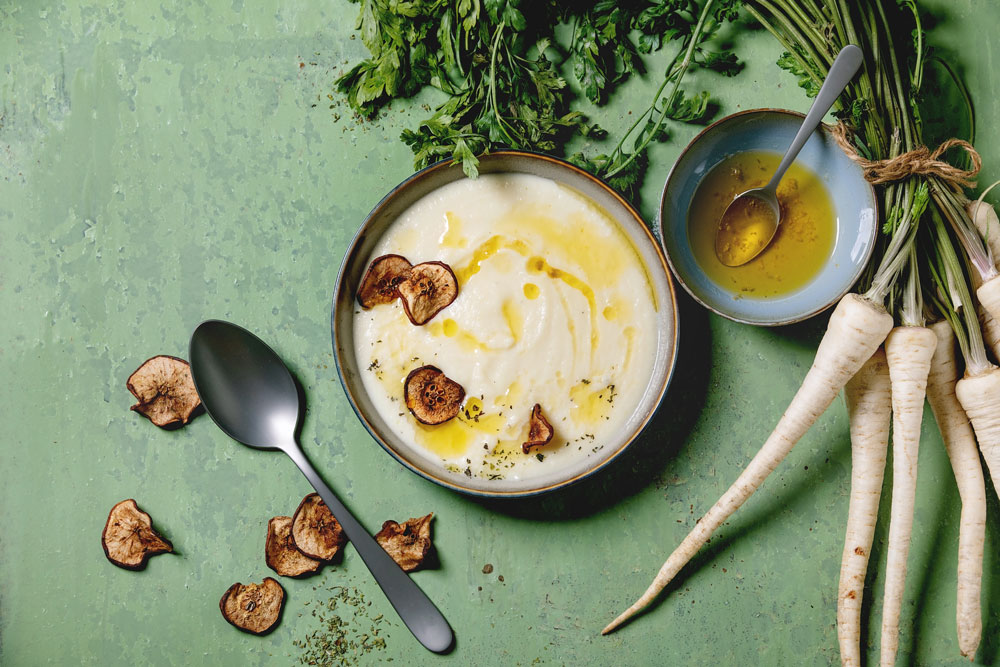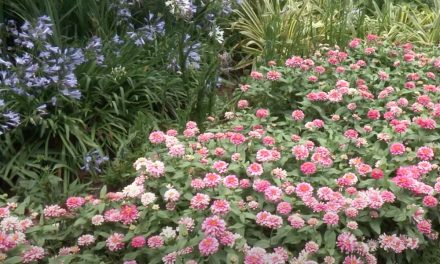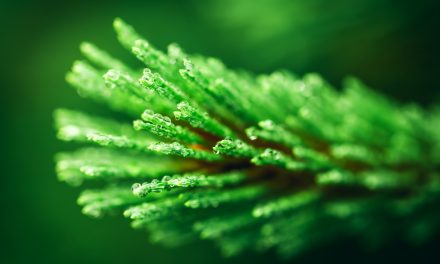Soup is winter’s best treat, and whether you like your soup thick and chunky, consommé or as a tangy Asian broth, vegetables form the base of all good soups.

So why not plant a soup garden?
Many of the veggies we sow for autumn and winter are perfect for soup. They are full of nutrients, especially vitamin C, as well as fibre, and they favour long, slow cooking. What’s more, there is enough of a variety for different flavours, colours and textures.
The three main veggie groups for soup are roots (carrots, parsnips, turnips), the onion family (onions, spring onions, leeks) and greens (kale, spinach, cabbage, bok choy).
Sow both fast and slow growers for a continuous supply of soup veggies. For instance, spring onions as well as conventional onions, or Chinese cabbage in addition to large-head cabbages. Others like kale can be harvested from autumn right through to spring. It is also a good idea to grow a selection of herbs for added flavouring, such as oregano, flat-leaf Italian parsley, chives and garlic chives, thyme, sage and bay leaf.

Getting the basics right
For the best yields and healthy growth, autumn and winter veggies need at least six hours of full sun a day and regular watering so that the soil stays moist.
Neglecting to water and letting the soil dry out completely affects the quality of the plants and also makes them susceptible to pests, like aphids. Equally, the plants should not sit in soggy ground, especially in winter because the roots will rot.
It is not necessary to enrich the soil for carrots, turnips and parsnips, as long as they are grown as a follow-up crop to tomatoes or veggies that were raised in fertile soil. They do, however, need light, friable soil that drains well, for good root development. Prepare the soil by breaking down clumps of soil and removing sticks and stones so that the soil has a fine texture. Add sand if the soil feels heavy, or build a raised bed.
For winter soup greens, the more generous you are with compost the better. Also be prepared to fertilise regularly during the growing period. Cabbage plants especially should be established before frosty weather. The addition of compost and other organic material will improve drainage.
Members of the onion family need moderately fertile soil. Adding compost when preparing the bed will meet their nutrient requirements and assist with drainage.

Good to know
Carrots produce the best roots in light, airy soil. Add sand and even some peat moss if the soil is heavy, or grow carrots in a deep pot filled with potting soil. When preparing the soil, dig deep! Water daily during germination because carrots prefer a moist seedbed. For good-size carrots it is essential to thin out the rows. Snip off, rather than pull out, the unwanted plants. Why not sow a seed packet of mixed colours for a surprise each time you harvest?
Parsnips can be sweeter than carrots, especially after frost, which converts much of the starch to sugars and helps develop long, narrow and firm parsnips. They also need very deep, fine soil. Their seeds are large enough to plant one at a time in a drill. They grow vigorously and are very frost hardy. Parsnips sown in April will be ready or harvesting in August. The roots are generally harvested when they reach 15 – 20cm in length. Don’t pull them out like carrots but gently fork them out of the ground so that the roots are not damaged.
Turnips are cold hardy and have two sowing periods, from February to April and from July to September. |They do best in a loamy soil to which some lime and aged compost has be added, but not fresh manure. Turnips need to grow quickly, and if growth is slow, give a side dressing of superphosphate. Turnips are at their best if harvested before they are fully grown: pull when they are the size of a hen’s egg.
Spring onions are the fastest onion crop and can be sown almost all year round. To harvest, pull up a clump, and replant a few from the clump about 7cm apart. This spreads out the supply. Alternatively, normal onions can be harvested in the green stage when they reach edible size. Remove the largest plants each time. Leave a balance of plants to mature for later in the season.
Kale is the all-time easiest to grow, is quick to harvest and the most flavourful brassica for soups. It is not bothered by aphids during winter, and the colder it is, the sweeter and nuttier the flavour. Besides the tall-growing kale (leaves picked from the bottom upwards), newer varieties are compact and leafier. Like Swiss chard, pick the outer, young leaves. Kale likes slightly acidic soil, and full sun or partial shade.











